I think if at the end of any trip you say, “I love everything about this place!” you probably have not dug too deeply into the culture or pushed yourself out of your comfort zone. Likewise, if you leave thinking an area has nothing to offer, you almost surely missed out on the hidden gems that make a country special. The TDA was definitely an opportunity to see up close the good and the bad along the road. Additionally the organization itself provides a unique opportunity but also a massive challenge, exacerbated at times by the company’s inefficiencies and cost-cutting. In short, there was plenty to love and hate about the last four months. Often times the hardships and the drama enriched the experience by providing a low to serve as a counterpoint to the many highs along the way. In the grand tradition of end of the year lists, here are seven of my love/hate relationships on the TDA:
(1) Rock Throwing Children: Enough said I think. They suck.
Our Littlest Fans: The bulk of the children from Egypt to South Africa were our biggest little fans. They lined the road in droves to cheer us on and lift our spirits, even in the pouring rain. In Malawi I think I may have sprained my thumb returning enthusiastic thumbs up from the masses of children who congregated along the route. The thing I missed most once we hit the no man’s land in Botswana was seeing the reaction of the villages’ youngest sports fans to our expedition.
(2) Roughing It: I am not a camper. I have never pretended to be. The tent was all right when things were dry. I even enjoyed having my own little space to organize and set up to my liking every night. But once the constant rain started up, it was miserable to try to sleep with thunder and lightning all around, worried that your tent would flood or start leaking uncontrollably. And don’t get me started on the fun that is packing up a soaking wet tent (often in the rain) only to have to pull in out that afternoon and hope there is time to dry it before the rain starts up again. When it was hot, the tent was stifling, when it was cold, the tent was freezing. And unfortunately some of the hotels weren’t much better. In Yabello, Ethiopia, Erin and I shared a hotel room that let more insects inside than it kept out and flooded overnight.
Funky Fun Homes: Although most nights were tenting, there was some great lodging along the way. I enjoyed the few luxury hotel options in the big cities, but my favorite lodgings were the quirky little places that were fun to call home (at least for a night). I bunked down in a convent, a tiny cabin with a bizarre 70s decorating motif, little round hotel rooms called roundavels, shacks overlooking the beach, and all manner of B&B run by some of the most interesting characters of the trip. Basically I’d sleep anywhere that kept me out of the tent, which earned me and my friends the EFH (every fabulous hotel) award at the end of the tour. My favorite abode was definitely at a caravan park in Namibia where Annalise and I shared a beat up trailer with lacy curtains and a table with a map of southern Africa so old that it still had Rhodesia and Southwest Africa labeled. We ran into the nearby town for KFC and cheap white wine and invited friends over for an awesome trailer trash party.

Britney Spears would love this party!
(3) Women of Africa: One of the most difficult aspects of the trip was seeing firsthand the treatment of women throughout Africa. I learned a lot about the life of women and girls in Namibia from the women I met at Sister Namibia and the Women’s Leadership Center and some of the stories the women in the WLC’s anthology had to tell were shocking even to someone who has worked with women in developing countries for years. Additionally, riding along country roads gave me an intimate, albeit limited, view of social structures in the community and there was a lot that was disheartening about what I saw: many more little boys in school uniforms walking home than little girls, very few women driving cars or out and about at night. The most frustrating for me, however, was watching women work. Everywhere we went women were carrying firewood, waiting for water at the well, walking with large jugs of water balanced on their heads, doing laundry at the river, and all manner of farm work and house work. Obviously this would not be a problem except for the fact that most of the men we saw along the road were sitting around drinking or playing ping pong on outdoor tables in the small villages. At one Coke stop a friend and I looked around at the village and noted that every male in sight, young and old, was just messing around–sitting at the bar drinking or hanging out outside of houses and shops chatting and smoking. In contrast, every single woman in sight was hard at work, often with a young child strapped to her back. It reminded me of a New York Times article a friend sent me before I left about the efficacy of giving cash support to women rather than men.
Change is In the Wind: While much of what I saw was quite disheartening, there were rays of hope that make me believe that change is on its way. I was surprised by the number of women police officers we saw directing traffic in Kenya and further south. The two women’s groups I met in Windhoek are doing amazing work and are finding active partners in the women of even the most traditional communities. Women throughout Africa are anxious for change and are working hard to achieve it. I am proud to be playing even a small part in helping them achieve their goal of full equality and I am honored that so many of my friends and family, and total strangers, have joined me in this effort by donating at www.firstgiving.com/catonabike and supporting The Global Fund for Women. If you have not yet donated, please consider taking a minute to make a donation now–we are making a difference.
(4) The Schedule: In these pages I have outlined for you the TDA schedule and alluded to the tediousness of following the same routine with military precision day in and day out for four months. By the time I packed my locker for the last time and had my last PB&J breakfast sandwich, I was definitely ready to be done with the dreaded schedule and get back to having more control over my days.

The last time I will ever eat a peanut butter sandwich for breakfast!
Freedom: Despite the rigid TDA schedule, having all day to ride my bike and watch the scenery or daydream was an amazingly freeing experience. Hours a day to just be inside my head is a luxury I have not had since my days swimming. Without the hassles of every day life to worry about, I had the freedom to just worry about myself and what I wanted to get out of that day. In the modern world, that is a luxury you cannot put a price on.
(5) Climbing: I’ve never been much of a hill climber. The area of my biking I had the most hope of improving on this trip was hill climbing. With an 800 lb. steel bike (approximate weight), however, the hills were brutal and never seemed to get any easier. The first climbs in Egypt almost killed me, Ethiopia was grueling, and the dirt hills of Tanzania a nightmare. I remember reading somewhere that the TDA climbs the equivalent of eight Mt. Everest’s and it certainly felt that way. I am still holding out hope that when I get on my light road bike that I will shoot up hills easily due to all this training, but I have my doubts.
The Hills Are Alive With the Sound of Music: Despite the grueling climbs, the mountains were easily my favorite scenery. Looking through my pictures, I have endless photos of spectacular views from various peaks and valleys along the way. I also love the isolation the mountains provide and some of my favorite riding days were on the hills in Tanzania, winding through the mountains on my own with my iPod just taking it all in. In the end the effort to get up the hill was almost always worth it.

So Worth It!
(6) The Customer is Never Right: I used to think that nothing could be worse than New York customer service, but I was so very, very wrong. Along the way we have dealt with rude waiters, shopkeepers who don’t know what is on the shelf behind them, and incompetence that borders on comical (average wait time for a drink at a bar was about 30 minutes in some countries). In the worst places, riders took to just walking into the restaurant’s kitchen to bring out food ordered hours before. In one restaurant we were told for literally hours that french fries, chips in Africa, were not available despite being on the menu, only to have our waiter serve them to the table next to us. This led to the following exchange:
Rider: “Waiter! You said you don’t have chips.”
Waiter: “We don’t.”
Rider: “What are those?” (pointing to the chips the waiter just served)
Waiter: [blank stare]
Rider: “Ok, I’ll have a plate of those, whatever they are.” (again,
pointing to chips)
Waiter: “Oh, we don’t have those.”
Rider: “You do have them. They’re right there. I can see them.”
At that point the manager was brought in and he agreed that yes, those were indeed chips that came from the kitchen and promised us four orders of fries ASAP. They came three hours later. (We were in a rest day in the rain with nothing to do but sit around the one restaurant in town all day chatting, so we were there for the five full hours it took to get fried potatoes.)
Open Doors and Open Hearts: While customer service may leave something to be desired, the hospitality up and down the continent was almost overwhelming. People opened the doors of their homes to us and if you were too tired to ride there was almost always some driver willing to pick you and your bike up and take you to the next TDA truck. One day in Ethiopia I rode down a steep hill and heading up the other side when a crowd of pedestrians ran into the road in front of me gesturing wildly. They were pointing behind me and screaming so I stopped to see what the fuss was about. Another rider had fallen on the way down the hill on the wet road behind me. I pedaled back to him and several of the locals climbed back up the hill to make sure my friend was ok and waited with our bikes while I patched up his various cuts and scrapes. In the end, the warmth of people we encountered more than offset the wait time for a Coke.
(7) Snailnet: Reading this blog, you probably noticed large gaps where I seemed to have ridden off a cliff, never to be heard from again. Or you just assumed I was too lazy to blog. Either way, you would be wrong. The internet in much of Africa is frustratingly slow or non-existent. Even “high-speed” internet connections could take ten minutes or more to load a single picture. Forget about trying to get into WordPress. There were a few places where I could get a connection fast enough to Skype with my friends and family and upload pictures into the Facebook group, but most of the time it was sitting in an internet café praying that my gmail message would send before the power went out again. The only reason this blog exists is due to the enormous amount of work my friend Kadinsky has put into it. I send her a text email with notes like “can you google the spelling of this” or “please find a picture of this bug on the internet” and she turns my scribbling and notes into the blog you all are enjoying.
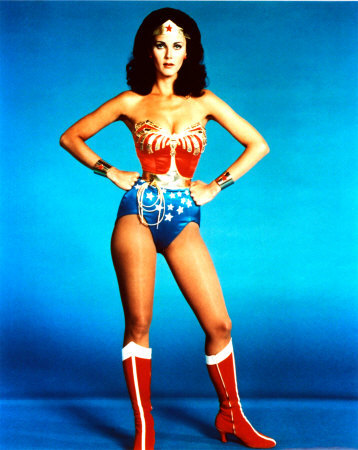
Kadinsky
(I keep telling her it’s my pleasure because how bad ass is Cat for doing this? — k)
Catonabike: Despite the difficulties in getting my posts out, I have loved keeping this blog. Writing up my travels has given me the chance to reflect on them more deeply and enriched my experience on the road. In addition, writing for fun rather than work has reminded me how much I enjoy having a creative outlet and motivated me to continue writing when I get home. And finally, the comments I have received both here and in emails from friends and family about how much they enjoy following along with me on catonabike made me feel less alone out there in the bush. For that I am incredibly grateful to all of my loyal readers. The aforementioned slow internet prevented me from logging on to WordPress and replying to your comments, but believe me I read them when I had access and enjoyed each and every one (you guys write some great haikus!). I hope you enjoyed reading this blog as much as I have enjoyed writing it.
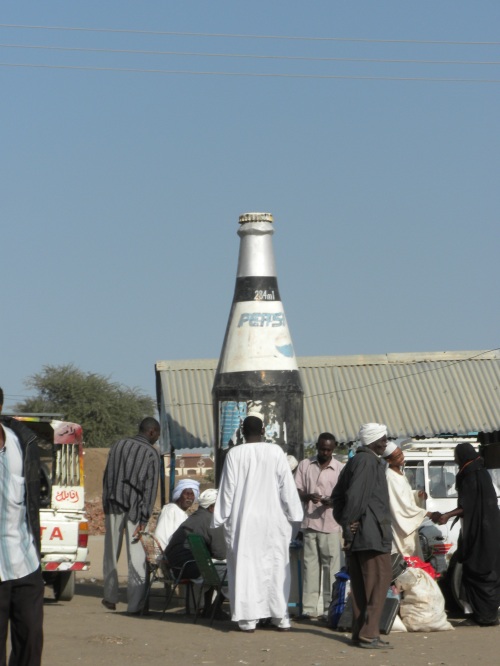


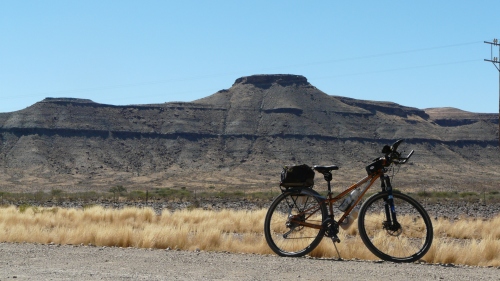





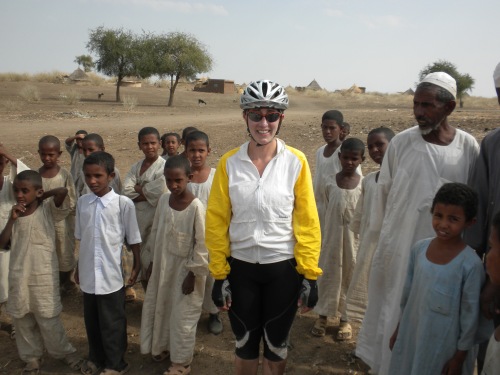



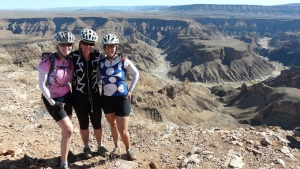
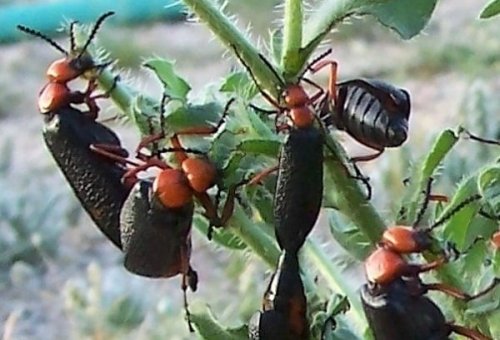


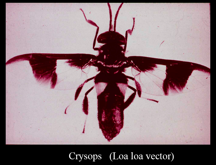


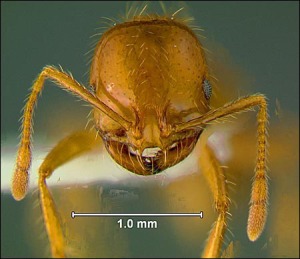
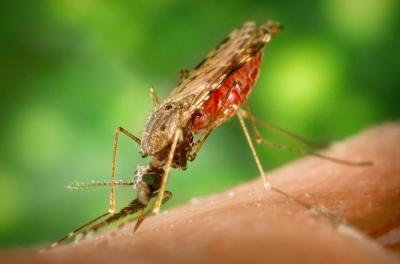

![GOPR4544.MP4_snapshot_00.28_[2014.09.10_19.08.16] GOPR4544.MP4_snapshot_00.28_[2014.09.10_19.08.16]](https://live.staticflickr.com/8659/16249406958_51094e0162_s.jpg)




